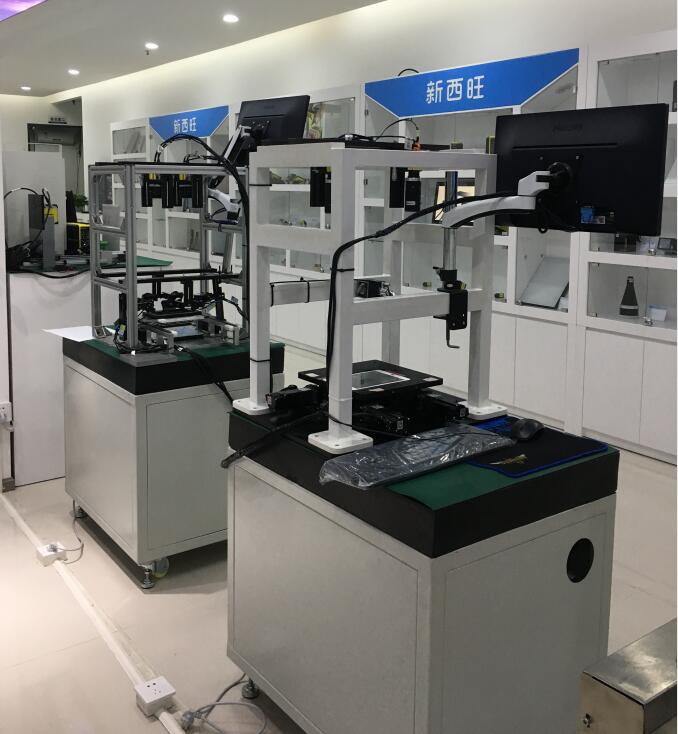With the development of science and technology, in the intelligent manufacturing industry, industrial cameras can quickly obtain a large amount of information, easy to automate production, and easy to integrate with design information and process control information. At the same time, the application of industrial cameras can greatly reduce the cost of manual inspection, strictly control product quality, speed up production speed and efficiency, and greatly enhance the competitiveness of enterprises.

Here we explain the parameters to consider when choosing an industrial camera:
(1) Resolution: The number of pixels of the image collected by the camera each time is generally directly corresponding to the number of pixels of the photoelectric sensor for digital cameras, and it depends on the video format for analog cameras, with PAL system of 768*576 and NTSC system of 640*480, and analog cameras have been gradually replaced by digital cameras, and the resolution has reached 6576*4384.
(2) Pixel depth: that is, the number of bits per pixel of data, generally commonly used is 8Bit, and for digital cameras, there are generally 10Bit, 12Bit, 14Bit, etc.
(3) The largest frame rate/line rate: the rate at which the camera collects and transmits images, which is generally the number of frames per second for area scan cameras and the number of lines per second for line scan cameras.
(4) Exposure method and shutter speed: For line scan cameras, the line exposure method is progressive, and you can choose the acquisition method of fixed line frequency and external trigger synchronization, and the exposure time can be consistent with the line period, or a fixed time can be set; There are several common methods such as frame exposure, field exposure, and rolling line exposure for area scan cameras, and digital cameras generally provide the function of external trigger acquisition. Shutter speeds can typically reach 10 microseconds, and high-speed cameras can be even faster.
(5) Pixel size: The pixel size and the number of pixels (resolution) jointly determine the size of the camera target surface. The pixel size of digital cameras is 3μm~10μm, and the smaller the pixel size, the more difficult it is to manufacture and the more difficult it is to improve the image quality.
(6) Spectral response characteristics: refers to the sensitivity characteristics of the pixel sensor to different light waves, the general response range is 350nm-1000nm, some cameras add a filter in front of the target to filter out infrared light, if the system needs to be sensitive to infrared light, the filter can be removed.
(7) Interface type: Camera Link interface, Ethernet interface, 1394 interface, USB interface output, at present, the new interface has CoaXPress interface.
Chengdu Xinxiwang Automation Co., Ltd. specializes in the sales of machine vision systems, machine vision light sources, machine vision software, machine vision sensors, industrial cameras, industrial lenses and other products, welcome to inquire!
Phone:028-62705808
Fax:028-62705808
Mobile Phone:18215640190
Email:sales@cdxiwang.com
Address:2-8-6, Chen Electric Technology Innovation Park, 68 Shuangbai Road, High-tech West District, Chengdu